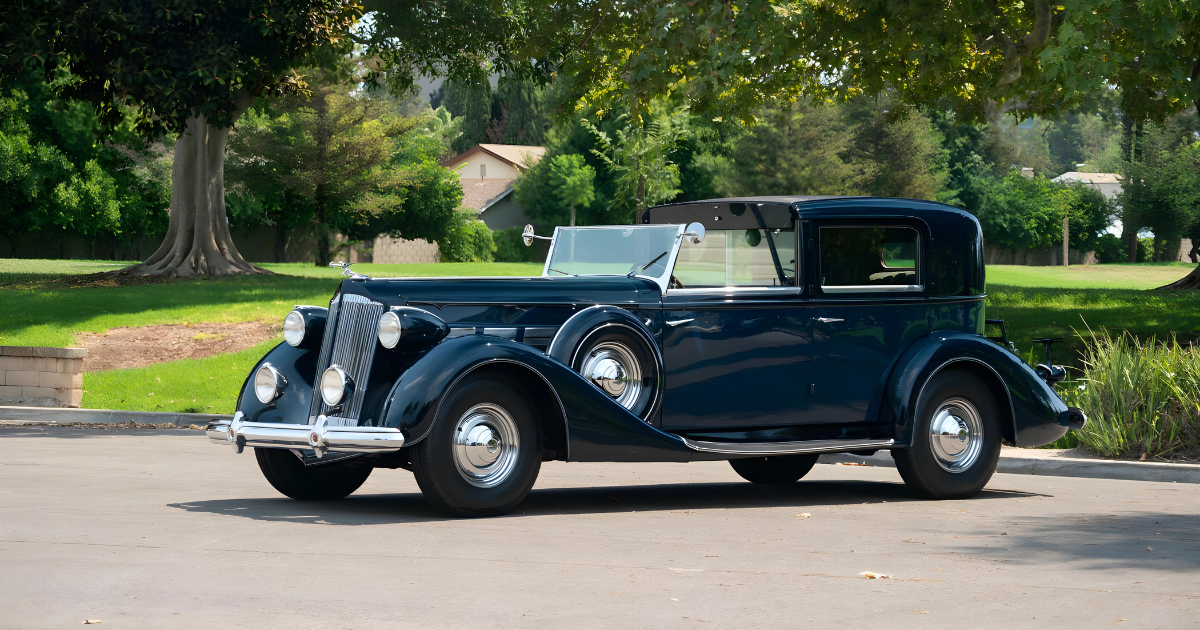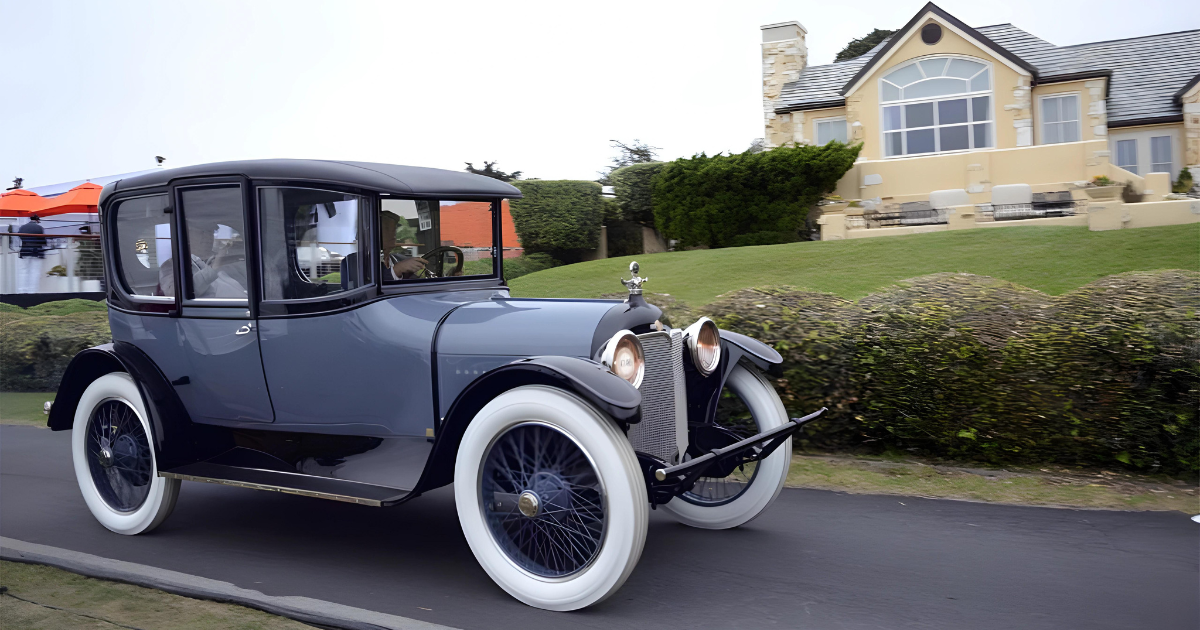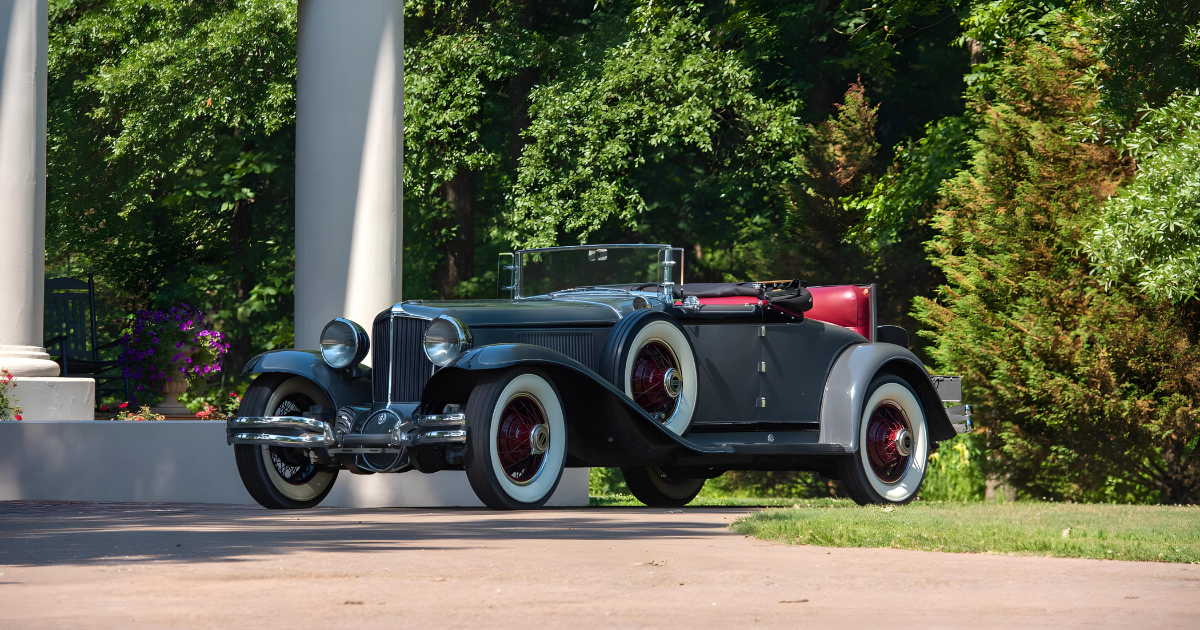
The Hispano-Suiza stands as a beacon of luxury and prestige, captivating the hearts of European royalty, Indian Maharajas, Hollywood luminaries, and industrial tycoons alike. Its illustrious lineage and magnificent design have earned it legendary status, inspiring admiration and emulation from top car manufacturers across the globe.
Originating from Spain, it was the French-built Hispano-Suiza models that truly elevated the marque to unprecedented heights of sophistication and opulence, particularly in the aftermath of World War I. Renowned for its contributions to aviation, Hispano-Suiza’s engines powered prestigious fighter planes during the war, earning it widespread acclaim and admiration. The adoption of the stork emblem, symbolizing its aviation prowess, further solidified its reputation as a symbol of excellence.

Post-war, the first Hispano-Suiza automobiles drew extensively from its aviation heritage, incorporating cutting-edge technology and engineering prowess into their design. The H6, powered by a formidable 6,597cc six-cylinder overhead camshaft engine, exemplified this commitment to innovation. Designed by the esteemed engineer Marc Birkigt, this powerful engine, derived from half of an aviation V12, boasted revolutionary features such as a seven-bearing crankshaft, pressure-fed lubrication, and an integrated three-speed gearbox.
The performance of the H6 was nothing short of remarkable, with a peak power of 133bhp at 2,400 RPM and a nearly flat torque curve that enabled swift acceleration from a standstill to 85mph in top gear. Such performance capabilities were unprecedented at the time and firmly established the H6 as a paragon of automotive engineering excellence.
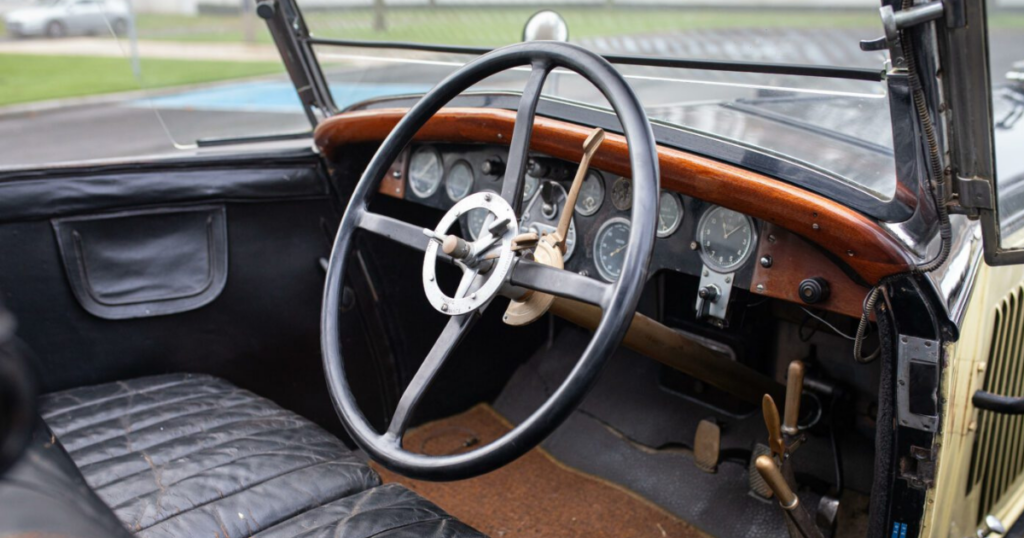
Debuting at the prestigious 1919 Paris Motor Show, the Hispano-Suiza H6 captured the imagination of automotive enthusiasts worldwide. Its rigid chassis, equipped with four-wheel braking, set new standards for safety and reliability in luxury automobiles. Rolls-Royce, recognizing the excellence of the H6’s braking system, acquired its rights for production, further solidifying its reputation as a trailblazer in automotive engineering.
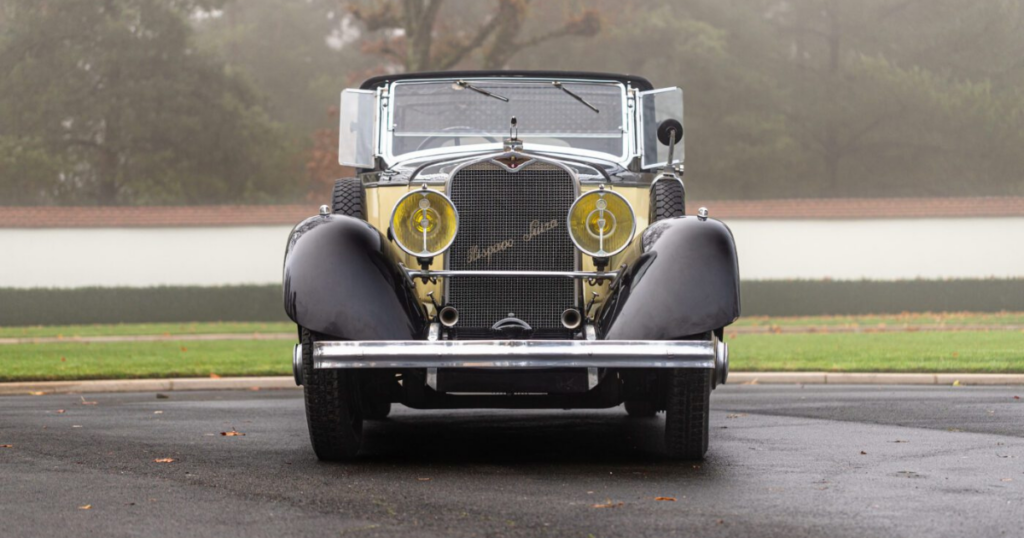
Throughout its production tenure, which spanned from 1919 to 1936, the Hispano-Suiza H6 remained the epitome of sophistication and luxury. With its exquisite craftsmanship, glamorous allure, and unparalleled performance, it rivaled esteemed luxury marques such as Rolls-Royce, Bentley, Bugatti, and Isotta-Fraschini. Whether adorned with formal coachwork or tailored to sportier preferences, the H6 exuded an aura of exclusivity and refinement that captivated discerning clientele worldwide.

In total, 2,158 chassis of various types were crafted during the illustrious tenure of the Hispano-Suiza H6, leaving an indelible mark on the automotive landscape and cementing its legacy as a true icon of luxury motoring.

